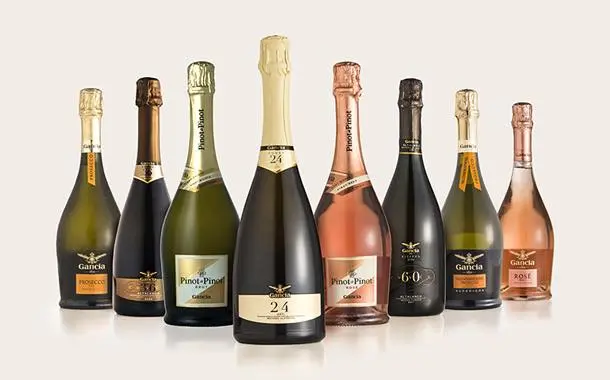Contents
Gancia (Gancha) – Italian champagne, which produces the wine house of the same name with a history that goes back almost 170 years. The company pioneered the production of low-strength champagne, which became known worldwide as Moscato D’Asti. Since 2011, the Fratelli Gancia & C wine house has been owned by the Russian company Russian Standard. The brand’s products are exported to 60 countries around the world.
Historical information
The founder of the company Carlo Gancia is the creator of the famous Italian sparkling wine Asti. From a young age, he was interested in winemaking, studied chemistry and even created a recipe for vermouth, which became popular in Italy due to its refined taste. In 1848, Carlo arrived in Reims, where he studied the secrets of making champagne at Piper-Heidsieck.
In 1850, Gancia returned to Italy, where, together with his brother, he founded the Fratelli Gancia company. The company was located in the city of Chivasso, Piedmont region. The winemaker set out to create a fundamentally new champagne from local Muscat grapes. It took 15 years to develop the technology. Gancha named the new type of sparkling wine Spumante Italiano.
The products of the wine house quickly conquered the international market. In 1880, the company was renamed Fratelli Gancia & C, and after the death of the founder, it was inherited by his son. For a long time the wine house was the only producer of Spumante. In 1924, the firm was appointed supplier to the Vatican and was granted the right to use the papal coat of arms on its products. In 1958, the Swedish Royal House joined the company’s clients.
Production features
The company is located in the city of Canelli and, in addition to champagne, produces still wines and vermouths. The company owns about 2000 hectares of vineyards, where varieties suitable for sparkling wines are grown: Chardonnay, Pinot Blanc, White Muscat. In 2003, the company registered a new production method, which was called the Hantzsch method.
The grape juice obtained by soft pressing is separated. Some of the raw materials are fermented in stainless steel tanks, and some are aged in small oak barrels. Then the wines are mixed in a certain proportion and sent for further fermentation in steel tanks. This method is used mainly for Asti wines made from Muscat grapes.
Interesting Facts
The cellars of the winery are more than 1 km long and are recognized by UNESCO as a historical heritage site. In rooms with limestone walls, a constant temperature of 12-14 ° C is maintained all year round, which is optimal for storing and aging wines.
The company produces champagne by reservoir and classical methods. Gancia sparkling wines with a long aging period are well recognizable due to the original design. The bottles are fully wrapped in multi-colored foil, and the labels appear to be handmade.
Types of champagne gancha
Gancia Asti DOCG, 7,5%
Sparkling wine of golden color with fine perlage. The fragrance features scents of exotic fruits, white flowers and sage. The taste is delicate and balanced, with fruity and nutmeg tones. Serve as an aperitif chilled to 8-10 degrees.
Gancia Asti Secco, 11,5%
Dry champagne of light straw color with golden reflections and intense bubbles. The aroma is floral, with hints of acacia and lime. The taste is dry and harmonious, shades of fresh grapes predominate. Pairs with light snacks and fish dishes.
Gancia Chardonnay Blanc De Blancs, 11,5%
Made from Chardonnay grapes. Sparkling drink of golden color with persistent foam. The aroma mixes the smells of flowers and grapes. The refreshing taste is dominated by apple tones. Makes a gastronomic pair with fish and seafood.
Gancia Rose Brut, 11,5%
For the production of wine used varieties of white and red grapes of northern Italy. Pink color with copper reflections. Rose, cherry and red fruits come to the fore in the aroma. The taste is rich in floral and plum shades. The manufacturer recommends serving wine with white meat dishes, desserts and fruits.

